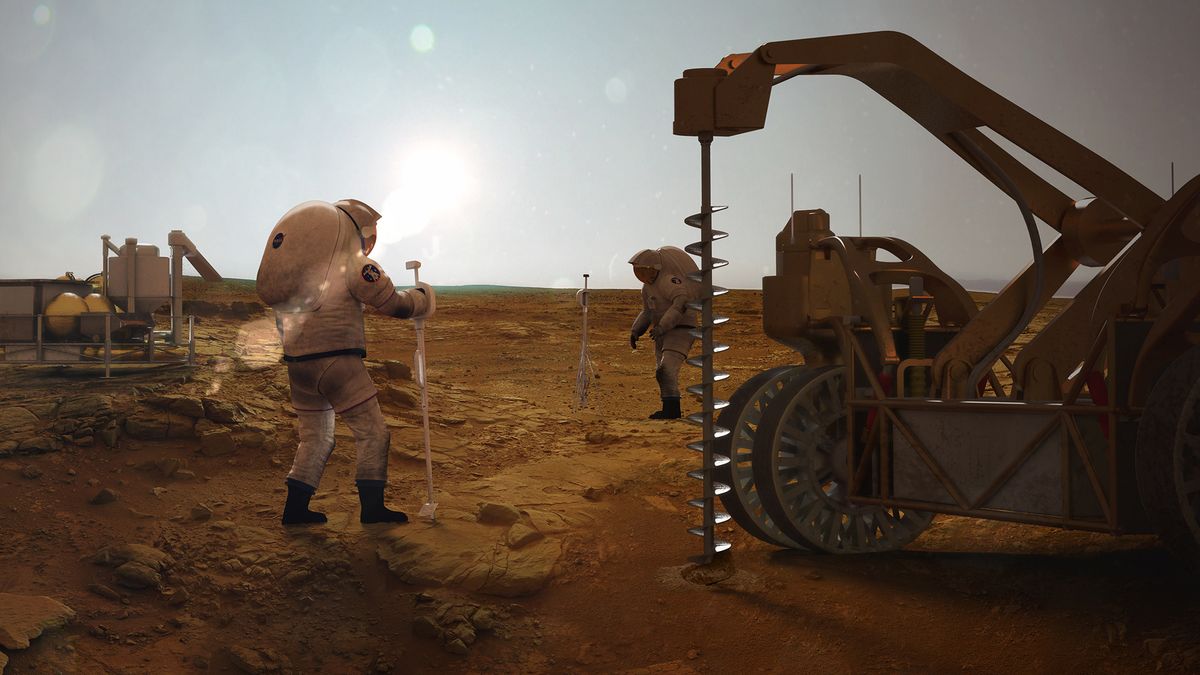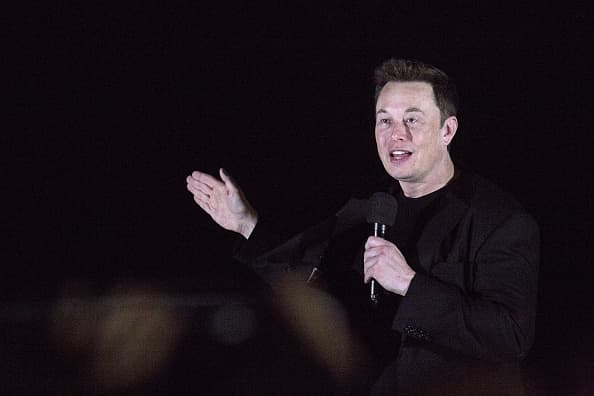
Colonists on Mars could one day generate fuel and oxygen from saltwater on the Red Planet, a new study finds.
The novel technology behind this advance could also help submarines generate oxygen from seawater on Earth, researchers said.
* * *
"Mars is a long way out there, and we are limited in the amount of stuff we can bring with us, so if we can utilize resources already present there, that's more economical and more viable than having to lug everything with us," study senior author Vijay Ramani, a chemical engineer at Washington University in St. Louis, told Space.com.
Quite a lot has been going on:
Experiments unravelling the mystery of Mars' moon Phobos: What causes the weathering of the Mars
![]()
Of course, there is no weather in our sense of the word in space -- nevertheless, soil can also "weather" in the vacuum of space if it is constantly bombarded by high-energy particles, such as those emitted by the sun. The Martian moon Phobos is affected by a special situation: it is so close to Mars that not only the solar wind but also the irradiation by particles from Mars plays a decisive role there. A research team from TU Wien has now been able to measure this in laboratory experiments.
Op-ed | China, the moon, Mars, and beyond — an opportunity for human cooperation - SpaceNews

China this week is conducting a robotic lunar sample return mission , something the United States has never done.
The grab-and-go sample return is proceeding while a Chinese lunar rover is wrapping up its second year of service on the moon — on its far side, something also never done by the United States.
Another Chinese rover mission, Tianwen-1, is on its way to Mars and scheduled to land there in February — around the same time NASA’s Mars 2020 rover and the United Arab Emirates’ Hope orbiter are due to reach the red planet.
Elon Musk: 'Highly confident' SpaceX will land humans on Mars by 2026

SpaceX CEO Elon Musk remains "highly confident" that his company will land humans on Mars by 2026, saying on Tuesday that it's an achievable goal "about six years from now."
"If we get lucky, maybe four years," Musk said, speaking on an award show webcast from Berlin, Germany. "We want to send an uncrewed vehicle there in two years."
The ambitious 2026 goal matches with what Musk outlined at the International Astronautical Congress in September 2016, when he said that "if things go super well," landing people on Mars "might be kind of in the 10-year timeframe."
Quite a lot has been going on:
Rice geologist to operate Mars Perseverance rover - HoustonChronicle.com

Siebach is among 13 scientists recently selected by NASA to conduct research and, as part of their duties, operate the rover. Siebach and her colleagues are receiving funding to create algorithms and machine learning methods that will help identify samples to be returned to Earth.
* * *
“Because there is only one rover, the whole team at NASA has to agree about what to look at, or analyze, or where to drive on any given day,” Siebach said in a news release. “None of the rovers’ actions are unilateral decisions. But it is a privilege to be part of the discussion and to get to argue for observations of rocks that will be important to our understanding of Mars for decades.”
Escape from Mars: how water fled the red planet | EurekAlert! Science News

Mars once had oceans but is now bone-dry, leaving many to wonder how the water was lost. University of Arizona researchers have discovered a surprisingly large amount of water in the upper atmosphere of Mars, where it is rapidly destroyed, explaining part of this Martian mystery.
Since 2014, he has worked on the NASA MAVEN mission, short for Mars Atmosphere and Volatile EvolutioN. The MAVEN spacecraft began orbiting Mars in 2014 and has been recording the composition of the upper atmosphere of Earth's planetary neighbor ever since.
Musk: Humans to mars in matter of years

Mars to cut 51 tonnes of plastic per year from sharing pouch packs | News | The Grocer
The Galaxy and Minstrels owner this week unveiled plans to cut approximately 51 tonnes of plastic per annum from the supply chain by reducing the pack sizes of Galaxy, Skittles, Counters, M&Ms, Minstrels, Revels and Starburst by 10% – equating to 647,000 square metres of plastic per year.
The move means Mars will also be able to fit more packs into shipping boxes, increasing its efficiency and taking the equivalent of 90 lorry loads of boxes off the road each year, its interim GM Nick Reade said.
No comments:
Post a Comment